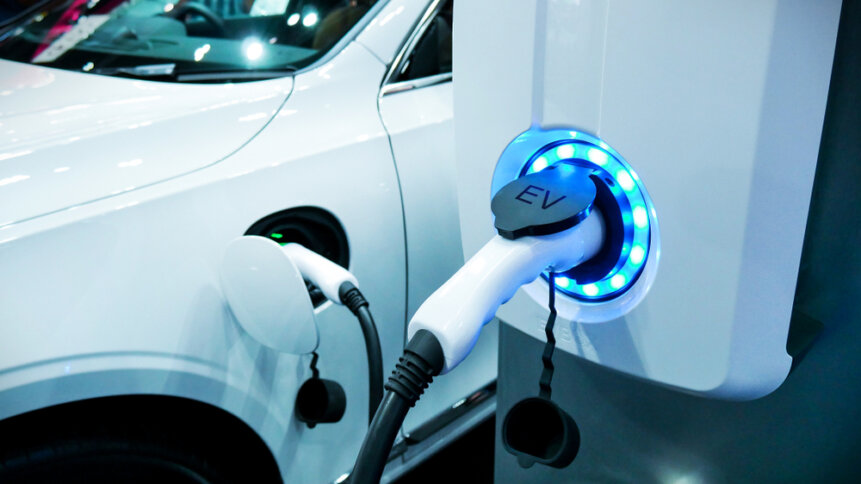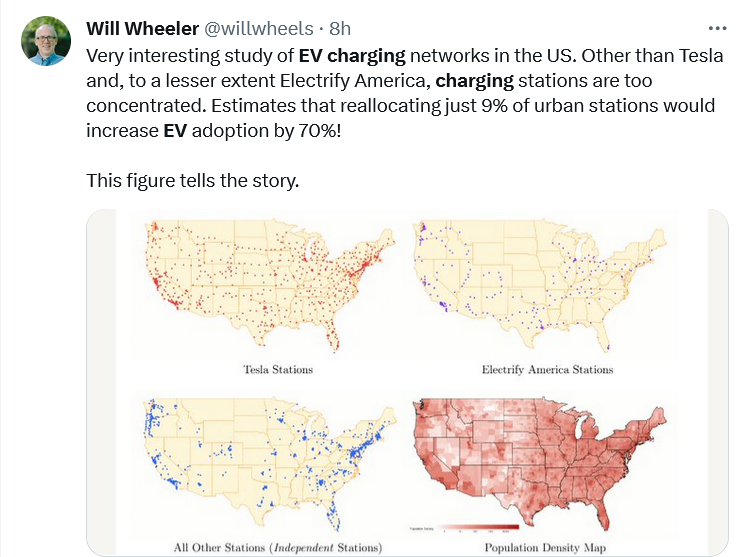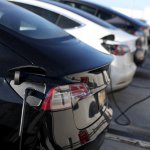Empowering the future grid: different approaches to managed charging for electric vehicles

• Distributed energy resources may hold the key to managed charging for electric vehicles.
• Various approaches to managed charging need to be explored.
• But limited individual savings and benefits may make owners of electric vehicles slow to get on board.
No one needs a crystal ball to see that various approaches to electric vehicles managed charging will play critical roles in the future power grid landscape. DERs (distributed energy resources), and battery storage systems will undoubtedly be crucial, but effectively managing and coordinating these resources is required to maximize their benefits for the grid. Proper management is also key when achieving maximum cost savings. However, this is still a work in progress and is yet to be perfected.
As the last few years have shown, power grids are not always reliable. In the US, there have been some high-profile power outages caused by extreme weather conditions. For instance, a winter storm in December 2022 caused mass power outages in North Carolina and Tennessee, similar to Texas in February 2021. In August 2020, a heatwave caused power outages in California, highlighting vulnerabilities within the grid’s infrastructure and operational systems.

Blackout! Anyone seen the candles?
With challenges come opportunities though, and DERs are viewed as possible solutions in the long run. DERs have the potential to be more reliable, cost-effective, and offer a more sustainable power system.
Aggregation may be the fundamental answer. By combining multiple DERs into one large-scale resource, they could be integrated into the power grid more effectively.
Unlocking the potential of charging for electric vehicles
A complex infrastructure of transmission, distribution, and power generation work together to deliver electricity to consumers via the power grid. To power the grid, significant investments in clean electricity are needed, as well as proportional investments in transmission infrastructure to improve and meet system requirements are also necessary to deliver that power. This ensures they align with the necessary upgrades or expansions needed for an efficient and reliable grid.
With a growing demand from electrified transportation systems and buildings, further transmission, generation, and distribution system upgrades will be required to deliver the elevated power usage.
Initially, well-managed unidirectional charging for electric vehicles could help stave off the immediate need for extra generation and transmission infrastructure. In turn, that could ease strain on the power grid. Planning for long-term grid upgrades is essential, yet bidirectional charging with EVs seems to offer some promise.
These EVs, when functioning as mobile batteries, could offset the demand for utility-scale battery storage. This could potentially reduce reliance on fossil-fuelled plants and distribution system infrastructure.
Various studies have shown that just 23% EV participation in bidirectional charging could slash the need for utility-scale battery storage by nearly 15 GW, resulting in a substantial cost-saving opportunity and a way to cut reliance on polluting gas plants.
Adding up each individual EV’s charging capacity may seem like a way to determine how much power can be generated from the power grid to aggregated EVs, but it’s sadly not that simple, because an EV can be physically plugged in but, at the same time, fully charged. Therefore, it cannot accept any more charge.

Electric vehicles need a distributed charging network.
In a group of aggregated EVs, if the system assigns charging to these already fully charged vehicles, it is likely to create an overestimation of how much charging the combined EVs can actually accommodate. The resulting inaccurate estimations may go on to affect the grid’s ability to effectively manage power demands in a cost-efficient manner.
To address this issue, operators would need to send charging signals that can be adjusted individually for each EV, matching their actual charging capabilities. To maintain sought-after properties for power grid interaction, scaling factors can be utilized with aggregated EVs.
When applied, certain scaling factors may limit the ability of EVs to adjust their charging rates (either up or down) and slow down the rate at which their batteries collect energy by around 50%. This method promises to help aggregated EVs meet more charging requests and reduce unmet energy demands.
Cost-efficient charging management for electrical vehicles
To achieve grid stability that is convenient to users and cost-effective, good EV charging management is needed. Coordination among EVs will become crucial. Widespread adoption could cause uniform responses that would strain the grid with new peaks in demand. This method may be adopted instead of only encouraging each electric vehicle to charge when electricity prices are lower.
It must be pointed out, however, that while the overall benefit across many EVs is significant, the individual incentive for each driver to alter how they charge their vehicles might be relatively small, typically around $25 to $100 per year in the US. Understandably, such small incentives raise questions about how willing drivers will be to change their charging behaviors.

Electric vehicle owners could save nickels and dimes by choosing wiser charging methods – not perhaps the incentive for which they’re looking.
The National Renewable Energy Laboratory (NREL) is currently working on ways to help energy and utility stakeholders make educated, informed decisions that could impact the power grid. Ultimately, studies and indications point to low cost automating managed charging as the most effective method to leverage EVs to benefit the power grid.










